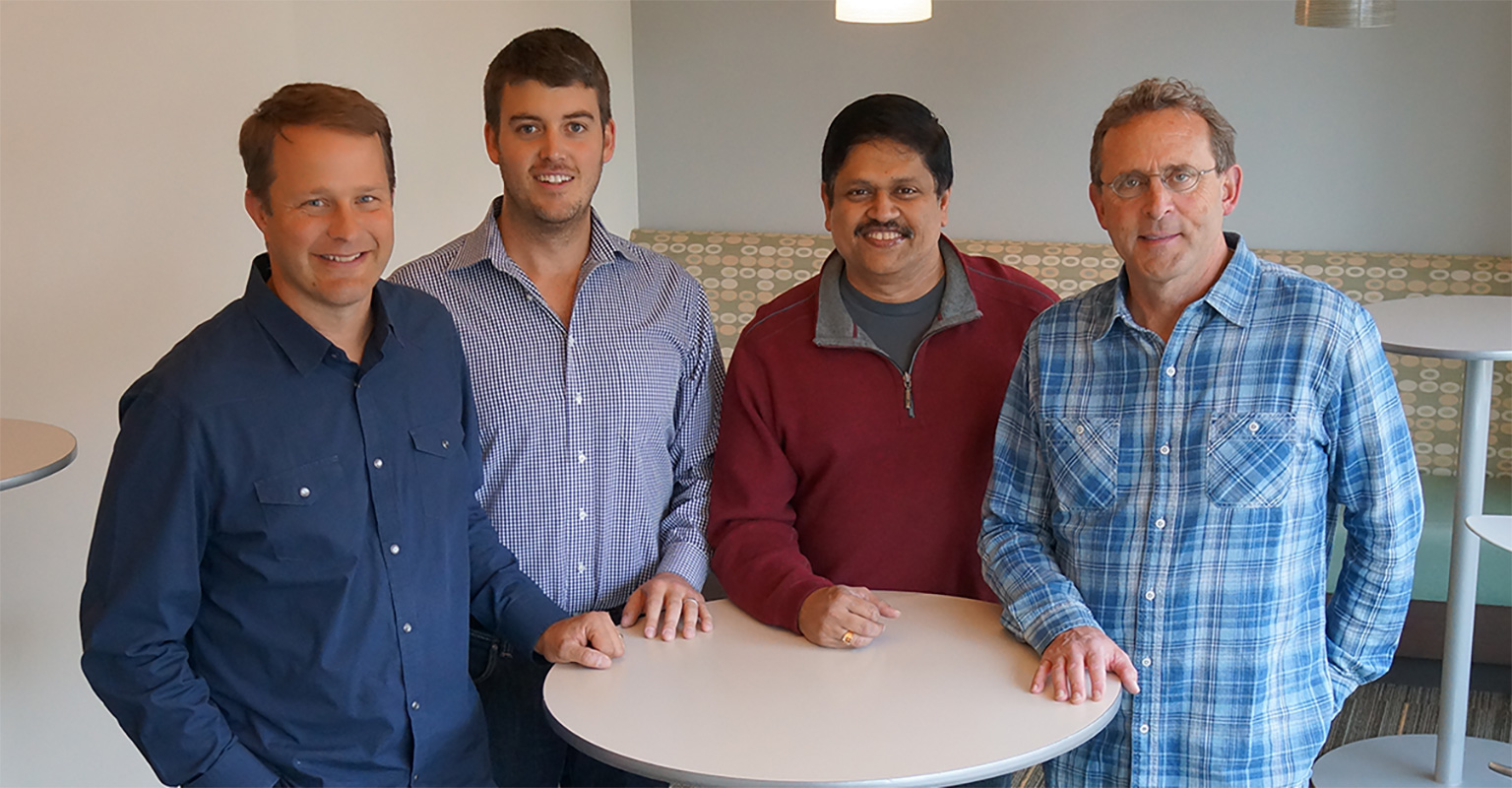Prototyping is a critical process for early-stage companies. And how you work and with whom you work in the earliest stages of building, when focus is so crucial to the success of your company, can determine whether or not you end up with a viable product.
There is no one way to go about this – your market, your initial customer base, and the technology environment you are working in all influence how you prototype.
We talked to four companies that are now well past the point of wondering whether there is a need for their company’s product. Coda, Unearth, Knock and Highspot each had a unique approach to their product development, but early leaders identified these guiding principles to help other companies develop a viable product.
Bring in design partners – and listen to them
Coda, an application that lets users collaborate on words, graphics and data all in one place, launched in 2019 because the team realized people buy many enterprise applications and specialized tools to complete their work, but then can’t easily connect them. After creating a prototype and dogfooding internally, the team knew it needed feedback from external users. Working closely with a trusted team of external engineers, product designers and PMs surfaces the high-quality, valuable feedback necessary for product iteration, but you have to integrate that feedback into your workflow. Doubling down on that concept, Coda had a ritual of funneling people through in-person user feedback sessions every Friday to test whatever they had ready that week to constantly receive feedback and improve the application during development.
“This was a helpful forcing function to put ourselves on the spot and create a bit of pressure to show a customer what was ready and learn a ton by watching them either struggle or have a delightful experience with what we’d been mulling over all week. This was the start of a long-term trend of us getting really close to our customers, knowing their names, knowing them in a longitudinal way, knowing them from the start of their Coda journey to their context outside of Coda, all the way through to their evolution with our tool and others.” – Lane Shackleton, Coda head of product and design.
Recognize the limits of lean and the power of the MVP definition
Highspot was founded during a time when technology was transforming the way people work. Seeing the opportunity to increase the performance of sales and marketing teams, Highspot’s co-founders began building one of the industry’s first sales enablement platforms. It has since grown into a must-have solution leveraged by enterprise customers around the world, including DocuSign, Twitter, Siemens, Staples, and Yahoo. In the early days of building the product, the founding team learned a valuable lesson when it comes to the lean startup methodology.
“We were excited to put lean startup ideas into play, but it turned out to be harder than we expected. You are supposed to put ‘embarrassing’ versions of your product into people’s hands as quickly as you can, to get feedback. When we gave an alpha version to our first commercial customer for a test ride, on the very first day he did exactly the thing we had decided not to support … and the product promptly fell over. It was a great lesson about what viable means when you are building for real commercial customers. To find out if we could replace a key part of their existing tech stack, we could use an alpha that was light on features, but it still had to be pretty robust. Minimum viable product turned out to be a lot less minimum than we had originally thought.” – Oliver Sharp, chief solution architect and co-founder of Highspot.
Build Wedge features vs. Foundation features
Unearth started in 2016 with a vision of combatting the decline in productivity in the construction industry by building a progress documentation platform with drone data from construction sites. Over the course of three months, they built a prototype of their platform. When deciding what to build as their minimum viable product, the team separated out foundation features (something you need for a product to work, such as login functionality or user accounts) and wedge features (something so valuable and useful that you can’t live without it – it wedges itself into everyday life.)
“We went out of our way to not build any foundational features at the start, to the point that every customer had a unique URL, and that’s how they would ‘login’ to our product. We were always trying to find painful scenarios on behalf of our customers and then build wedge features based on the patterns we found.” – Amy Hutchins, chief product officer at Unearth
Get creative to reach potential customers
Knock CRM launched in 2014 to bring modern software to real estate offices. Knock’s platform helps property managers control all aspects of their rental properties from tracking inventory to booking showings for potential new tenants. However, with a background in finance and not real estate, the Knock team had to get creative to get their original product in front of customers, get feedback, and break into the real estate industry,
“When Tom and I started Knock, we were aware of the problems from a renter’s perspective, but we didn’t know anything about what the transaction looked like from the other side. We started talking to property managers and building software, but we realized we needed more exposure to potential customers. The two of us rented a Winnebago and went on a 3-month tour through every major city west of the Mississippi. We built a product and signed up companies while we were in beta, but we realized everyone in this industry meets at conferences. We signed up for the next big one, and the cheapest entry we could buy cost $5,000. We didn’t even have a marketing budget at the time, and all we got for that was a spot in the hallway and a small folding table.
Still, we were super excited. Then we started getting invitations from our competitors to all these super lavish parties at the conference. We thought, we don’t know anybody, and we don’t have any budget. How are we going to get any time with anyone?
Then we had this idea. We created a mass email to attendees that said, ‘All these parties sound like a recipe for a hangover. Knock is used to relieve headaches for property managers, and we’re going to live up to that mantra literally this year.’ We stocked our little tabletop with aspirin, coconut water, Pedialyte, vitamin B, gum, Red Bull, and every other possible hangover remedy you could think of.
We got a tremendous response. Our table was mobbed every morning of the 3-day conference. We got a ton of customers from that. It must have been a 20-fold return on investment.” – Demetri Themelis, cofounder of Knock.



